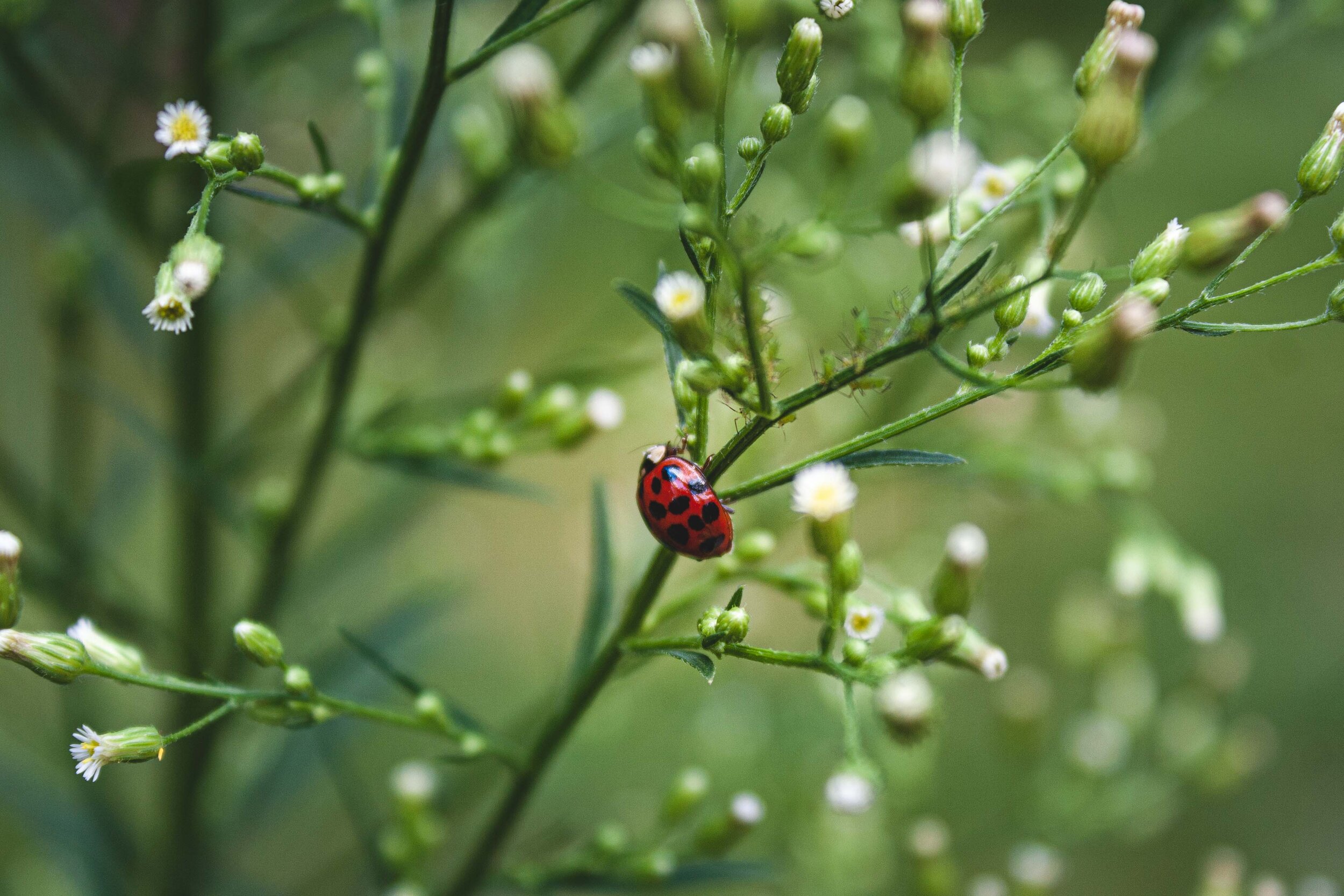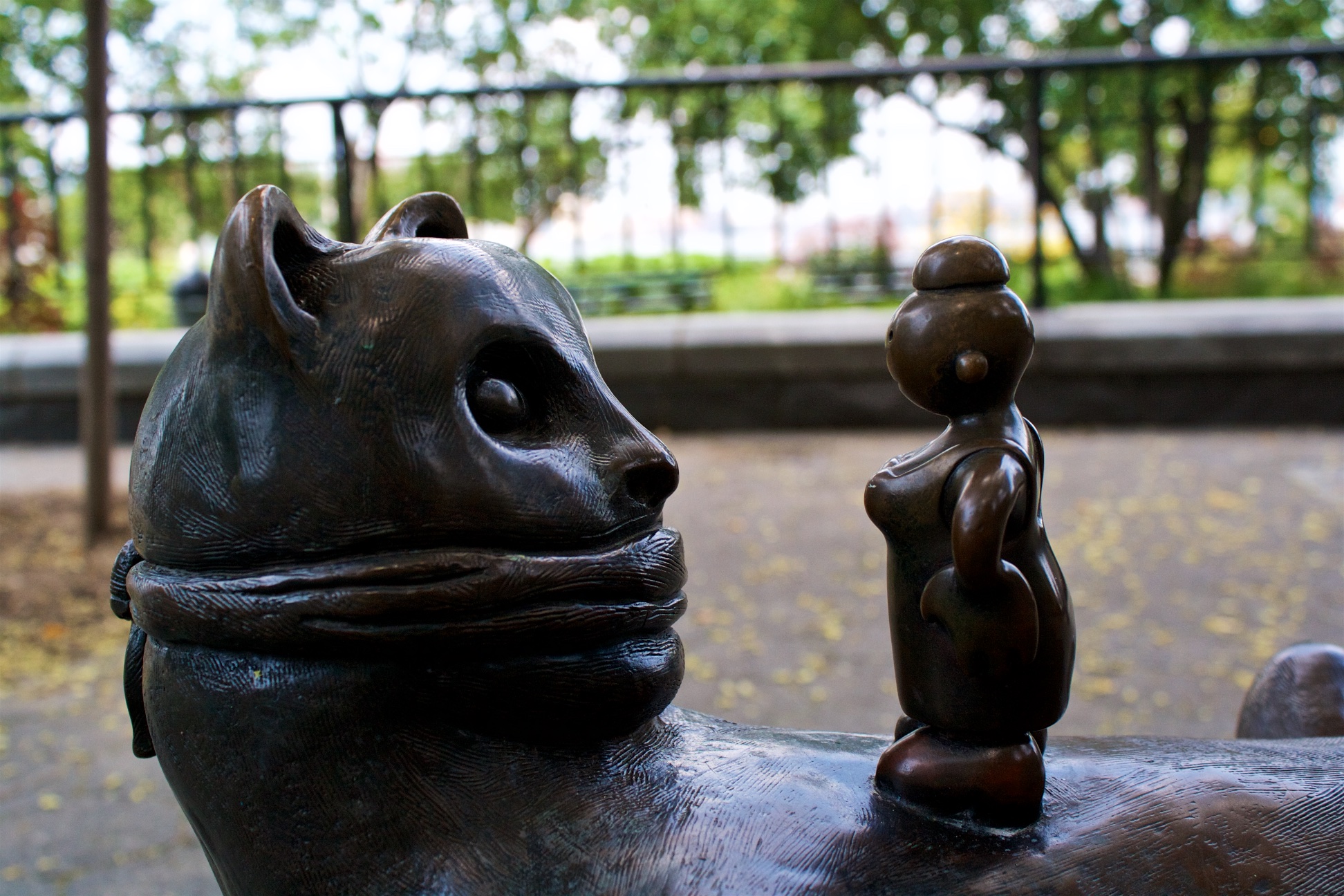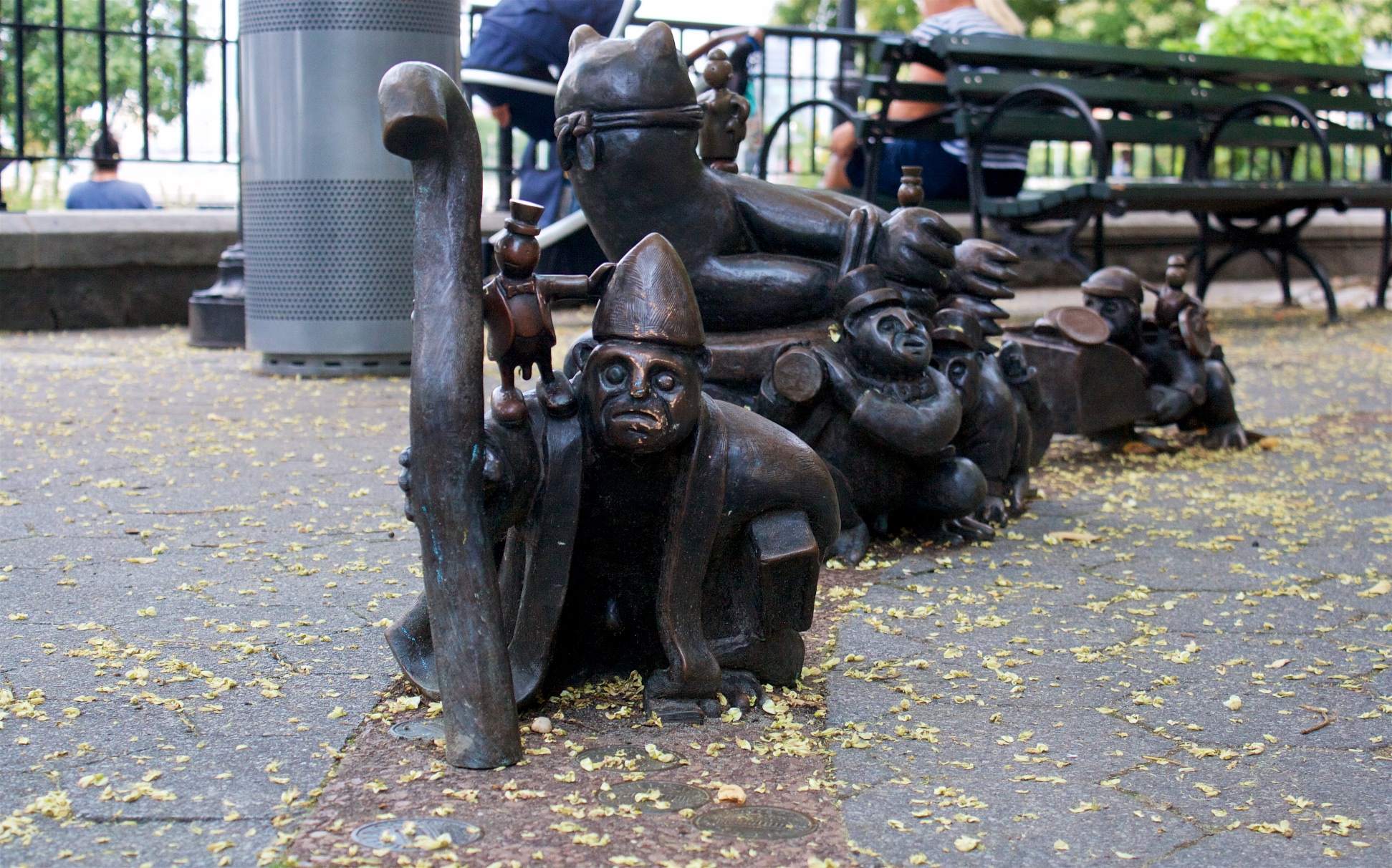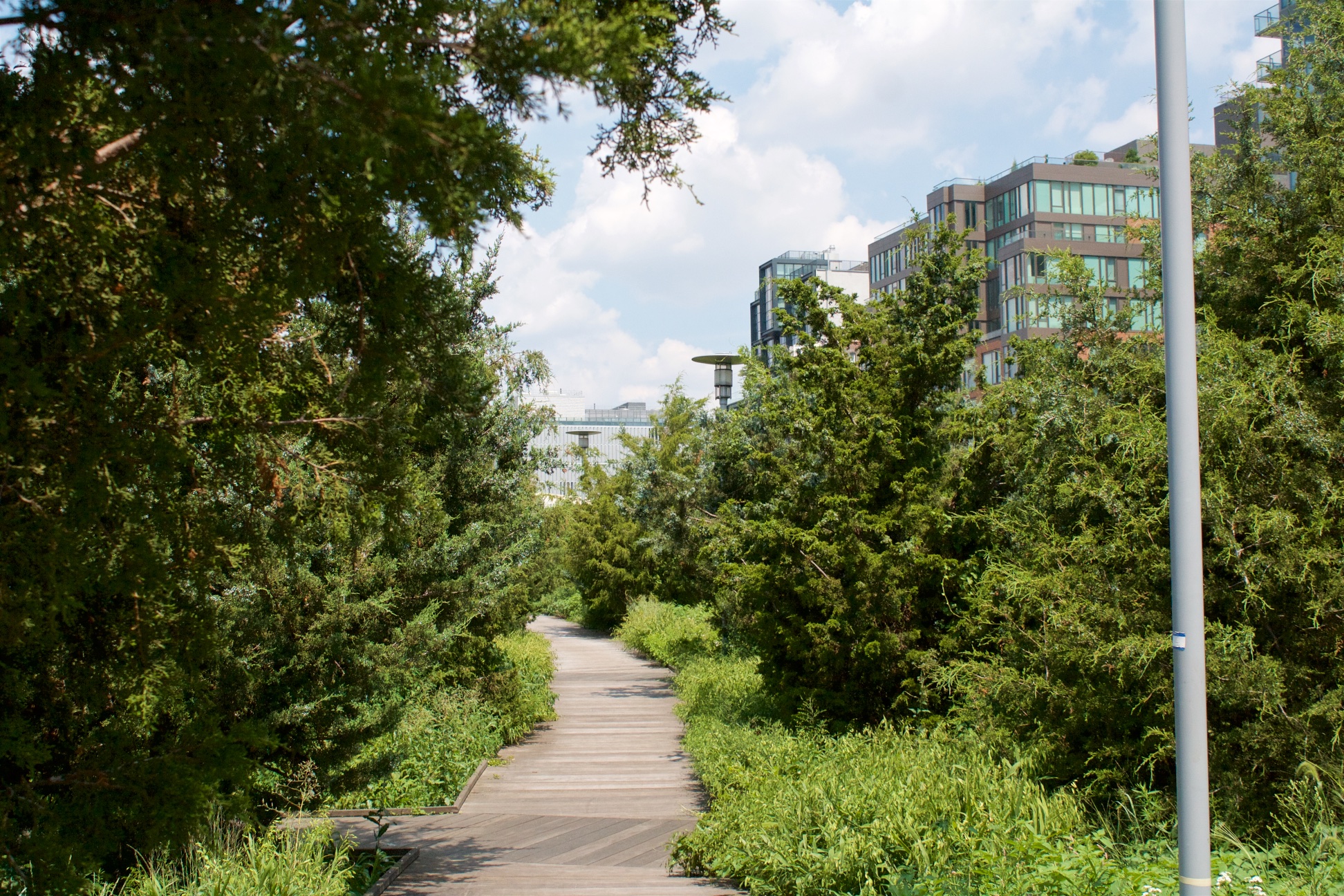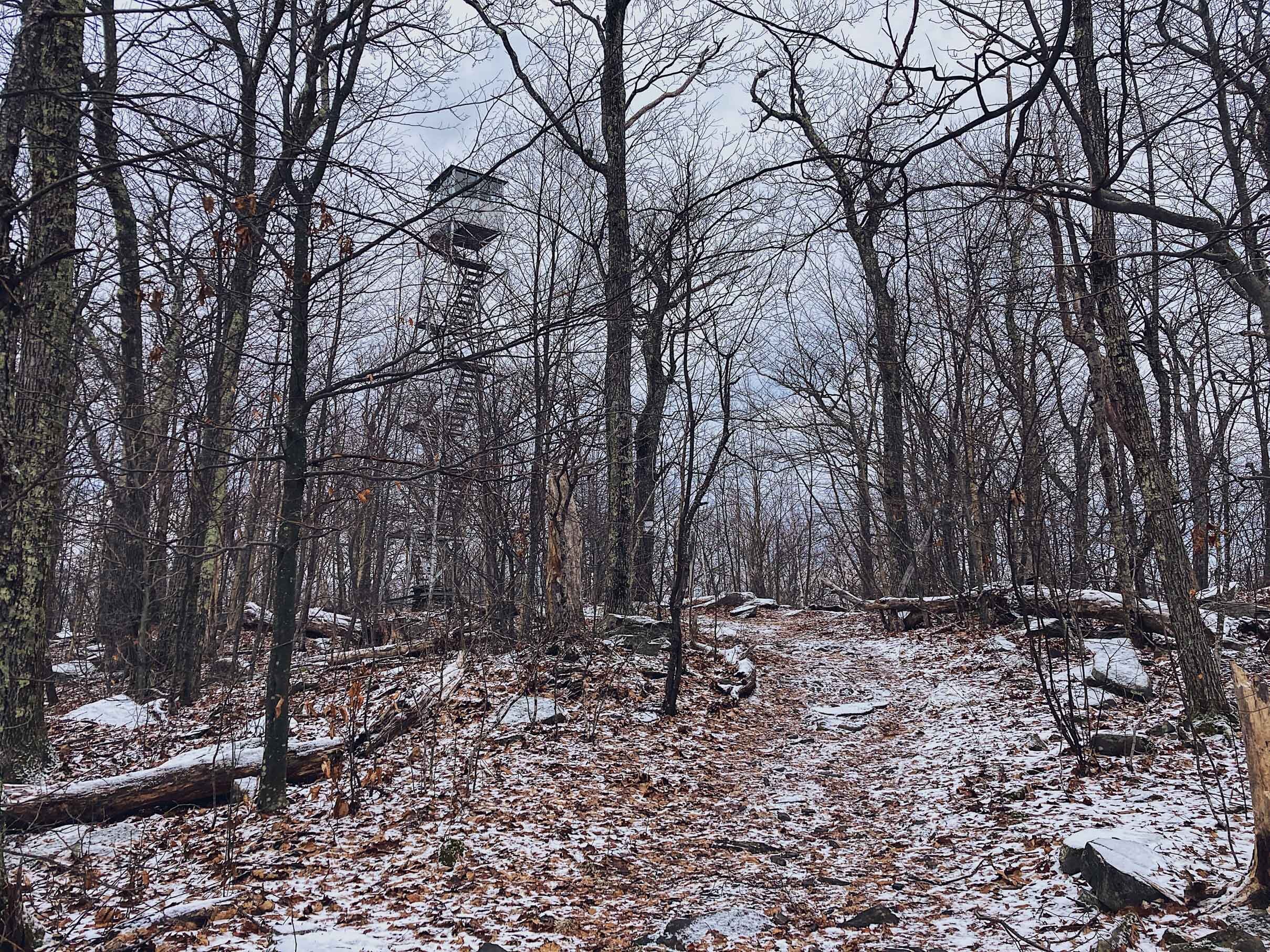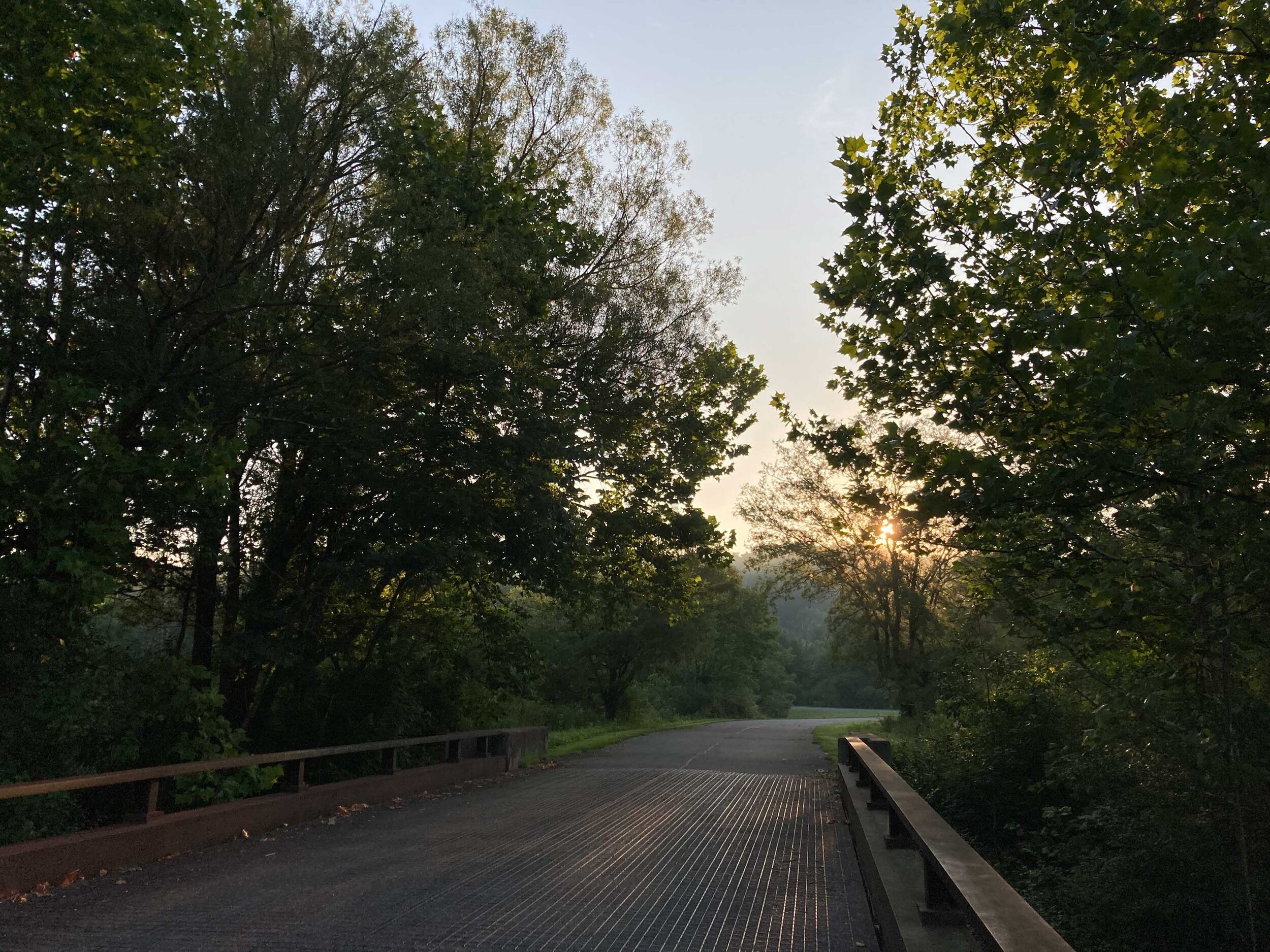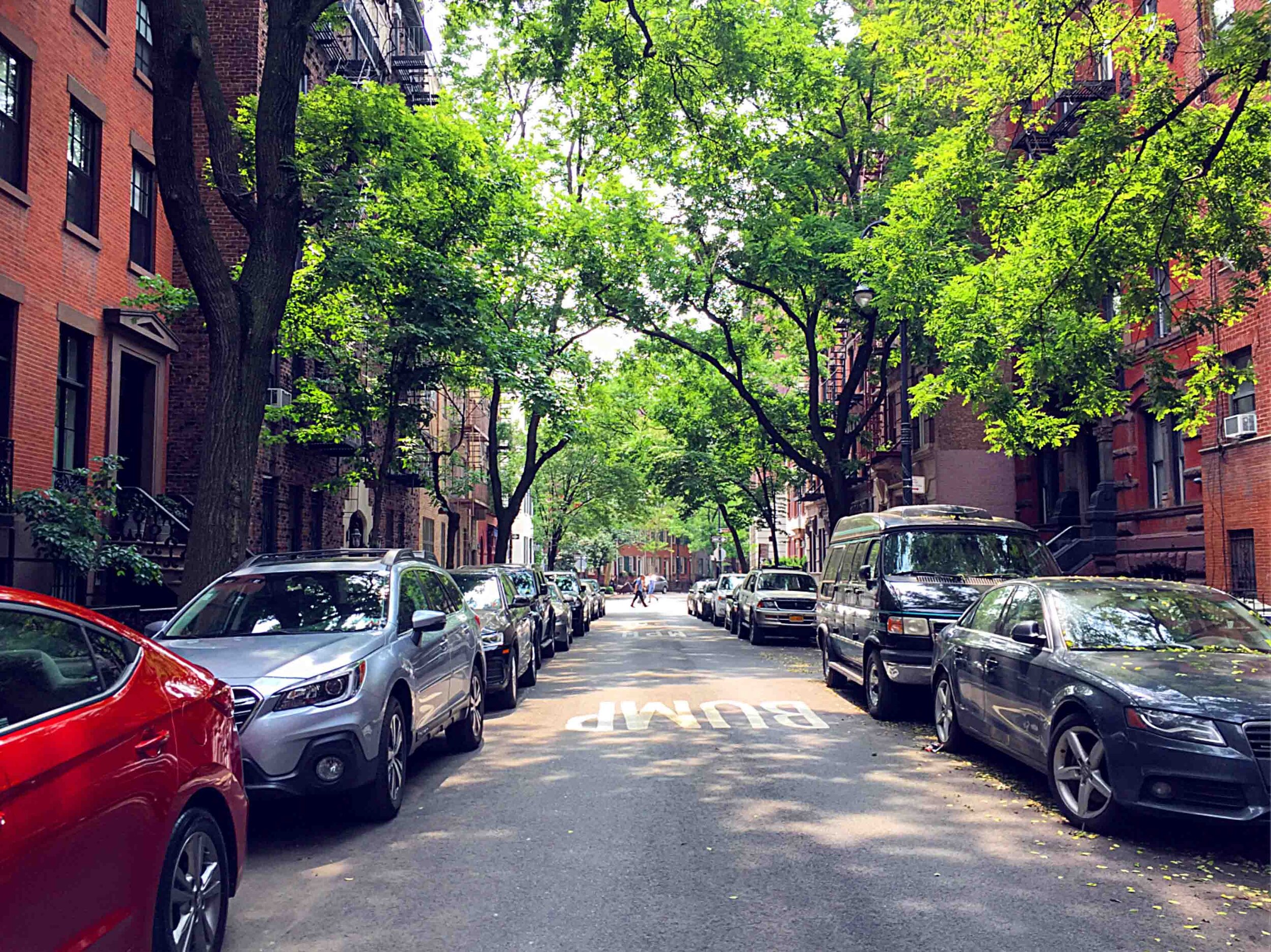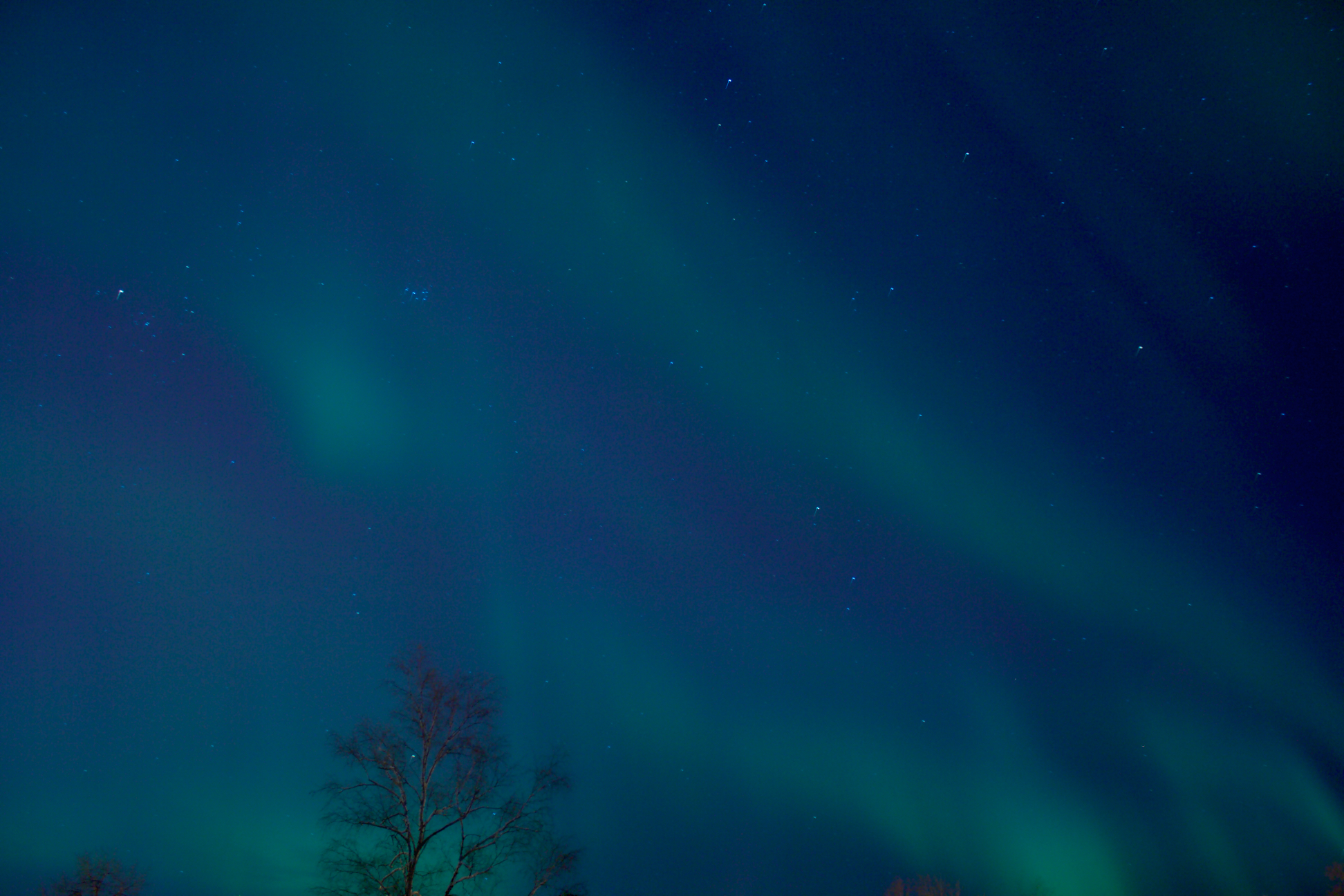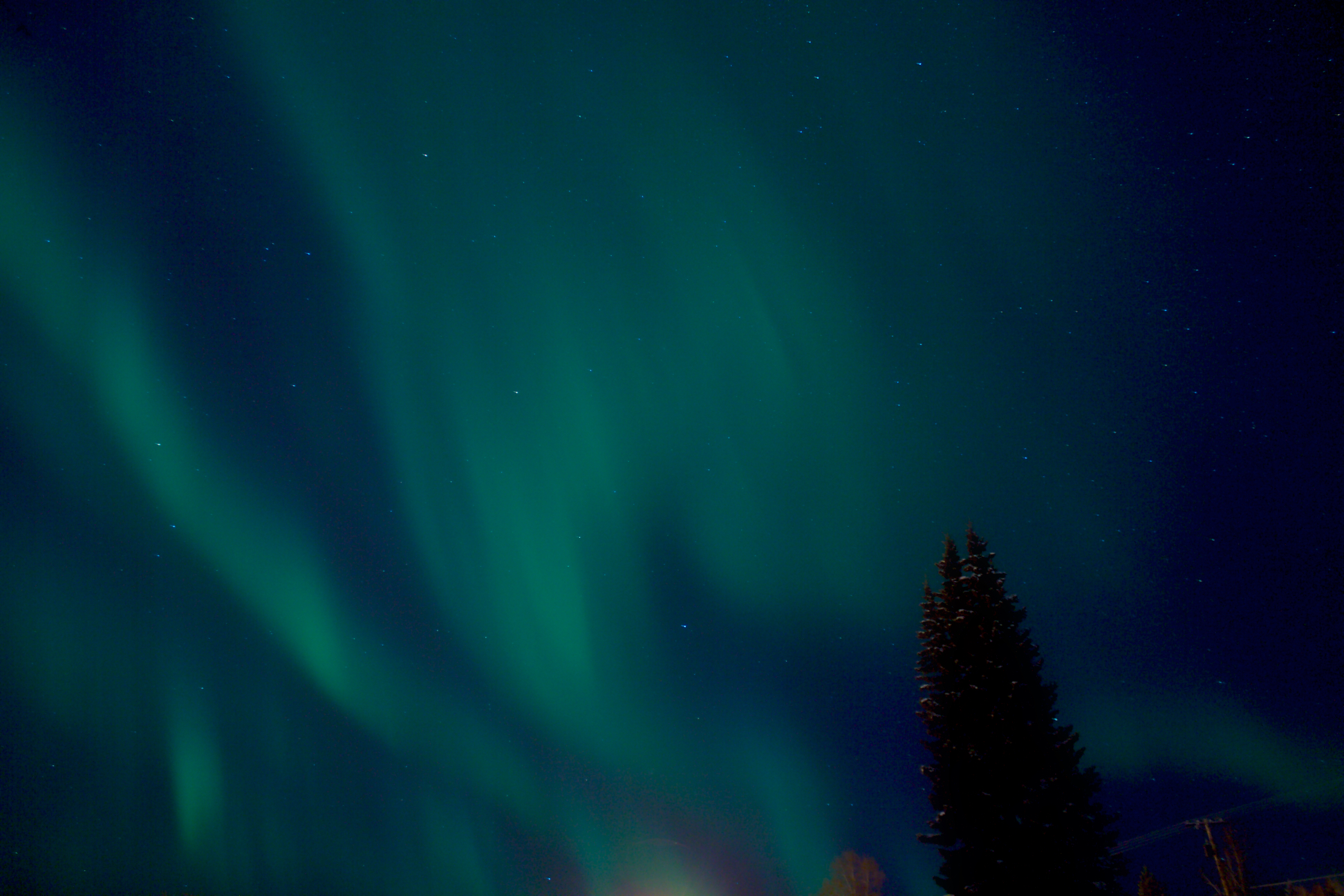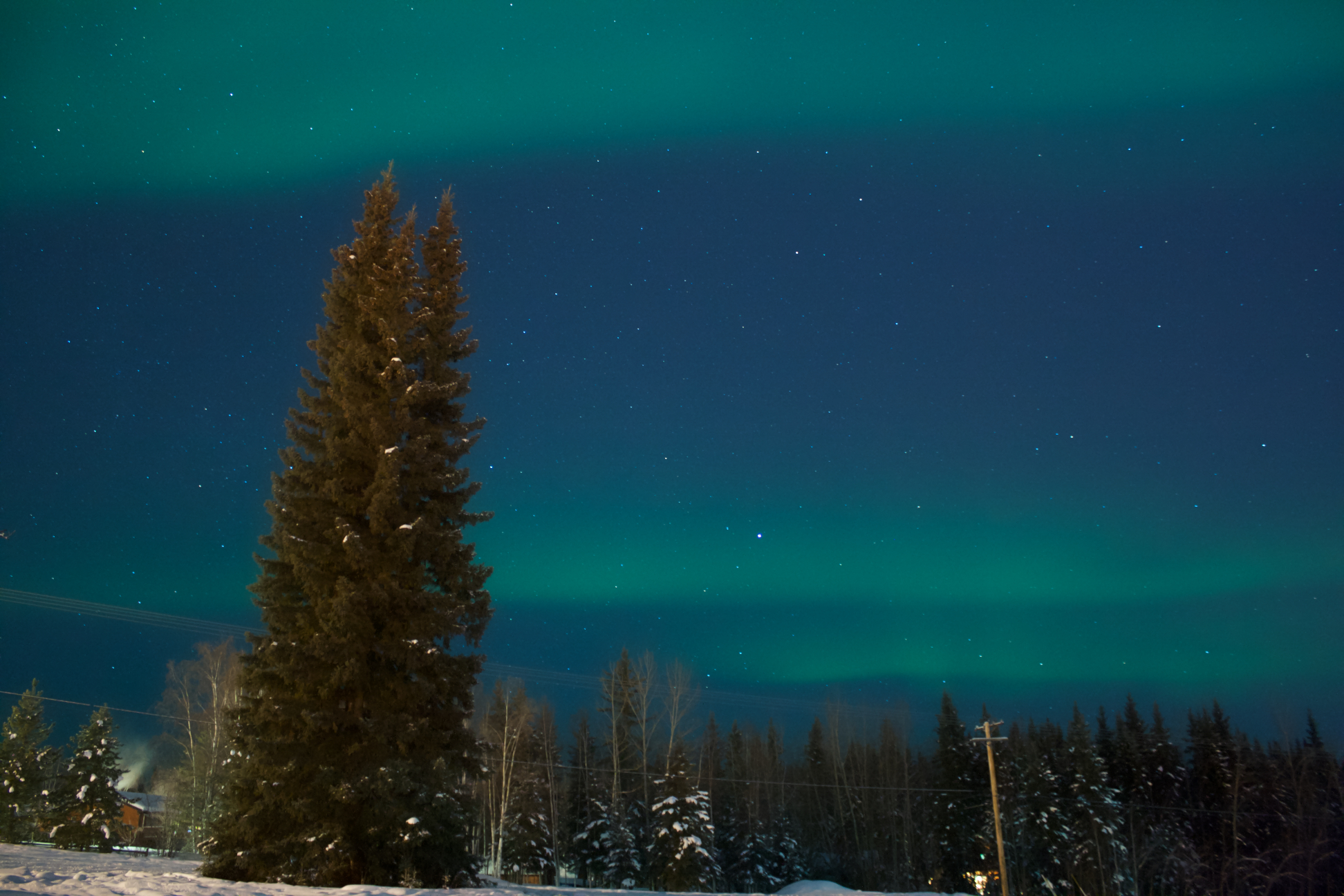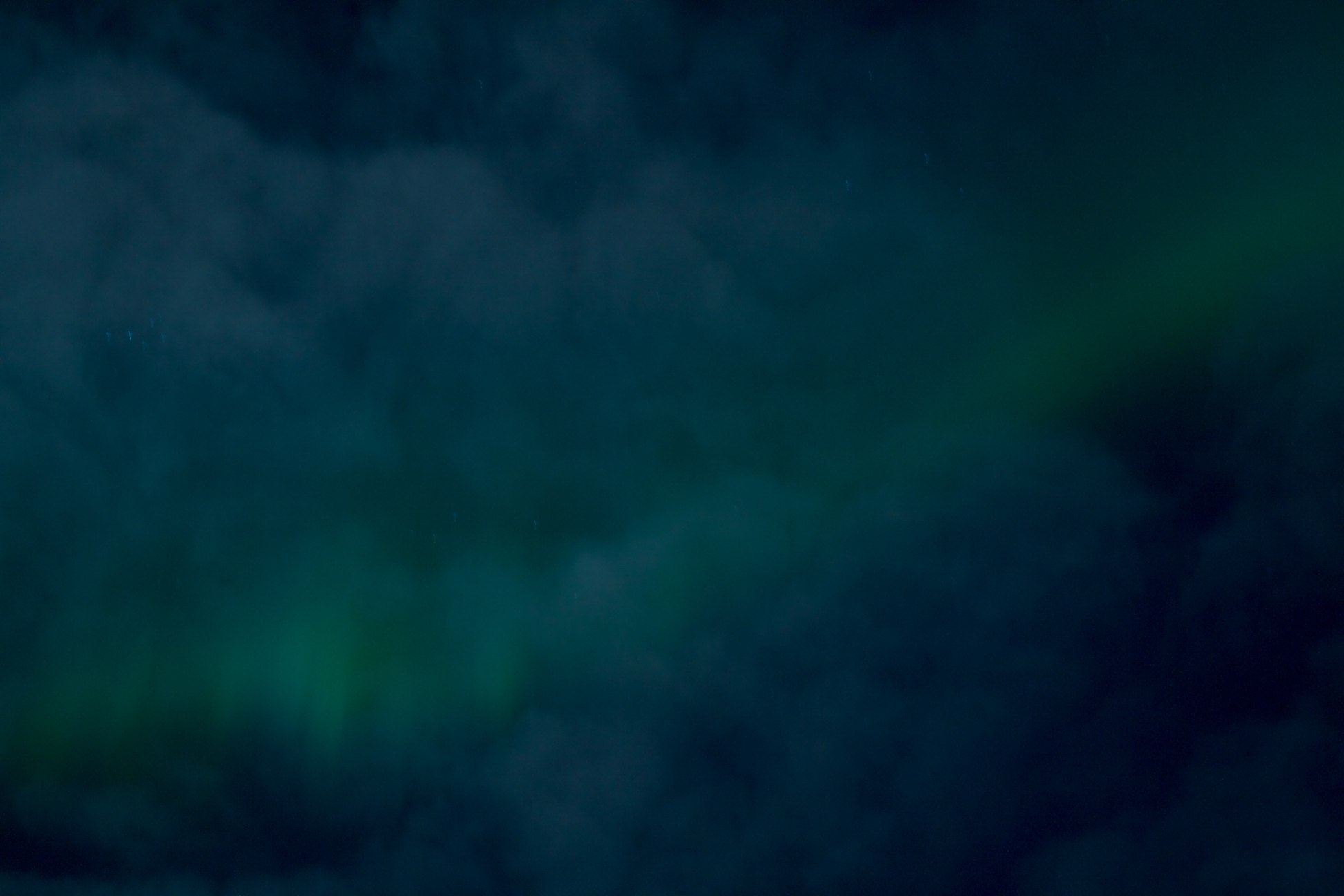“No, wilderness is not a luxury but necessity of the human spirit, and as vital to our lives as water and good bread. A civilization which destroys what little remains of the wild, the spare, the original, is cutting itself off from its origins and betraying the principle of civilization itself”
Wednesday Thoughts
Destruction of Humanity and the Ecosystem
I get scared when I hear the chanting from Trump and his supporters of “build that wall” that echoes the building of walls in other places, such as Germany during the Hitler era. It upsets and scares me when some people fail to see the resemblance between Trumps building of the wall, and Hitlers wall. In the past, different presidents have modified and created bills that are then being put into laws, for instance the Wilderness Act or the Clean Water Act. Most presidents have worked for, and not against the environment. Currently with this government we are moving backwards and not forward. We are bypassing laws that longterm is supposed to benefit us, laws like the Clean Air Act that was put into place to reduce the amount of air pollution, to make the world a better place for us. After all we (the US) now have a president who doesn’t believe in global warming or at least fails to understand what the difference between climate and weather really is. He fails to acknowledge the importance and the value of nature, as many environmentalists were trying to describe as “the New Eden” to others back in the day. The very reason that made many areas protected during the 1800’s.
Saving an Ecosystem
But it is not only areas like the Rio Grande (as you can see in the video above) that are facing a milestone change under this current government. Areas like the Big Bend would face an equally devastating effect of a physical border wall between the US and Mexico. How do you build a wall but still allow animals to travel through? How do we save something so precious from being further developed? At the same time we have to start thinking about our protected areas, our National Parks. Right now people are allowed to roam free through these protected areas because of the government shutdown, that is specifically caused by the wall. People currently destroy these areas, litter here and there, toilets are not available, and many many people are just blown away by the fact parks remain open. No one runs the parks. During previous longer (although this is the longest in history) shutdowns, National Parks and Monuments have been closed for this very reason, but that was also under other presidents. We are facing an even bigger problem though. With nature and the wilderness experience becoming such a popular thing, many National Parks are breaking visitation records every single year, and with that comes the problem of overcrowding. Yellowstone National Park has seen an increase by almost 40% since 2008 (well, the real number is 34%). They have already started to struggle with the number of toilets available for so many visitors. We have also seen issues where people lack understanding about wildlife, and how you should behave in the park and around wildlife. At the same time as the visitor numbers are increasing, Trump wants to cut the funding to National Parks. Even though some of Trumps proposals get shutdown before he can say “National Park”, it does show his true intentions regarding wilderness. The coming years will be crucial for determining how our parks, monuments, and forests will be taken care of and preserved.
Do you have a favorite park you are starting to feel concerned about?

